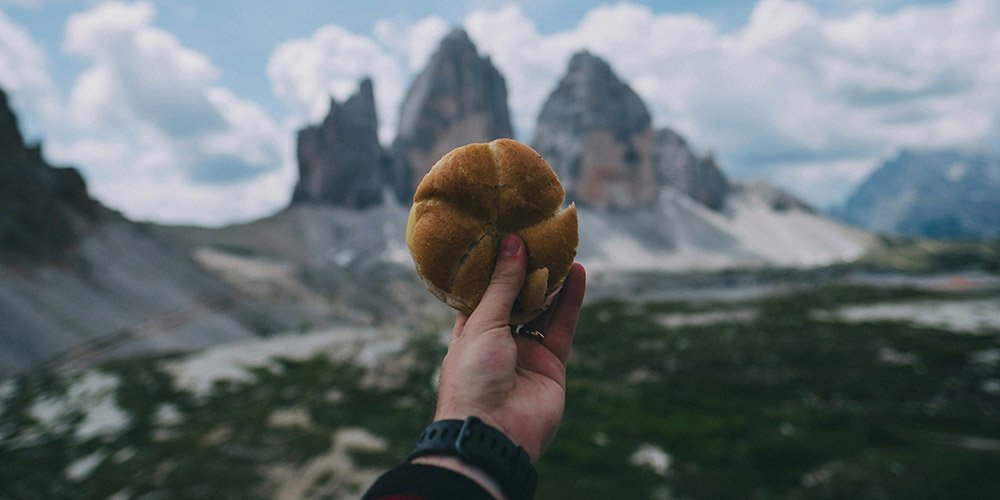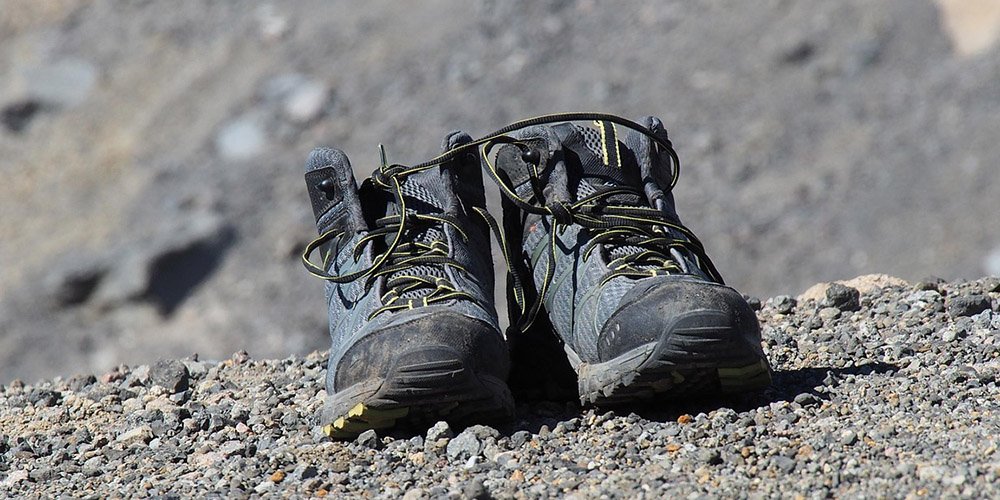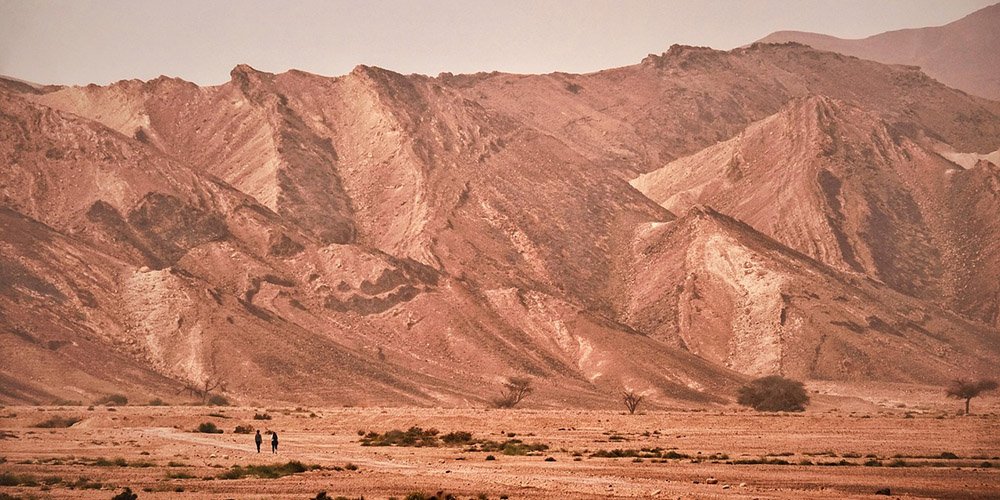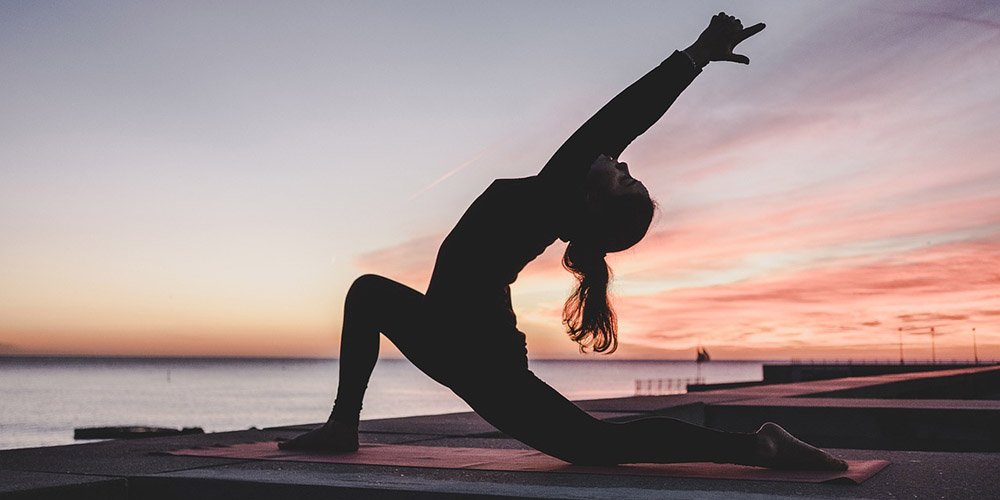Understanding and Preventing Lower Back Pain After Hiking
There’s nothing quite like the sense of accomplishment after a challenging hike, but for some hikers, that triumph can be overshadowed by an aching lower back. Lower back pain after hiking is a common issue, often caused by factors like improper gear, poor posture, or insufficient preparation. The good news? With a few adjustments and some thoughtful preparation, you can prevent or minimize post-hike discomfort.
This guide will explore the most common causes of lower back pain during and after hiking, effective strategies to prevent it, and recovery tips to keep you ready for your next adventure.
Common Causes of Lower Back Pain After Hiking
Lower back pain can stem from a variety of factors, many of which are tied to the physical demands of hiking. Understanding these causes is the first step to addressing the problem.
Improper Backpack Weight and Distribution
Carrying an overloaded or poorly packed backpack is one of the leading causes of lower back pain. When the weight isn’t distributed evenly, it creates an imbalance, forcing your back muscles to work harder to maintain stability. A backpack without proper lumbar support can exacerbate the strain, leaving you sore by the end of the hike.
Poor Posture and Body Mechanics
Your posture while hiking plays a crucial role in preventing discomfort. Leaning too far forward or hunching under the weight of your pack puts extra pressure on your lower back. Similarly, bending or twisting awkwardly to navigate obstacles on the trail can contribute to pain.
Lack of Physical Conditioning
Hiking demands strength, endurance, and stability, particularly from your core muscles, which support your lower back. Without sufficient conditioning, your muscles may fatigue quickly, increasing the likelihood of strain or discomfort.
Challenging Terrain
Navigating steep inclines, descents, or uneven trails requires your lower back to work harder to maintain balance. Over time, this extra effort can lead to soreness, especially if you’re unaccustomed to such conditions.
Also read: Topless Hiking: What You Need to Know
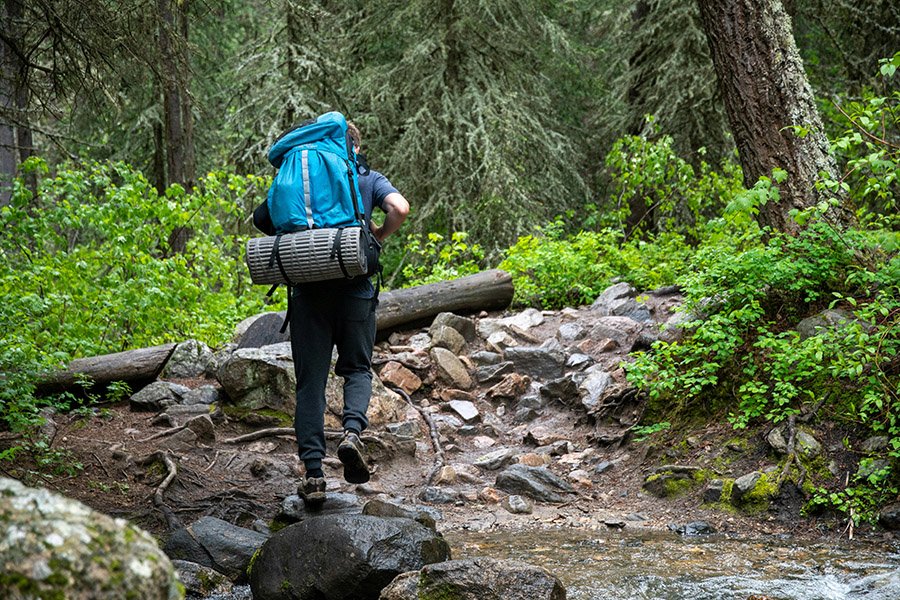
Preventing Lower Back Pain
Preventing lower back pain starts with preparation and making thoughtful adjustments to how you hike. These strategies can help you enjoy your time on the trail pain-free.
Proper Backpack Selection and Packing
Choose a backpack that fits your body and provides good lumbar support. Look for adjustable straps to ensure the pack sits snugly against your back, distributing the weight evenly across your hips and shoulders. When packing, place heavier items close to your back and center, avoiding imbalances that can throw off your posture.
Maintaining Good Posture
While hiking, keep your back straight and shoulders relaxed. Your head should be aligned with your spine rather than jutting forward. If you’re carrying a heavy load, engage your core muscles to share the burden and use trekking poles to help distribute the effort and keep your posture upright.
Strengthening Core Muscles
A strong core is the best defense against lower back pain. Incorporate exercises like planks, bridges, and side planks into your routine to build stability and support for your lower back. Regular strength training can also improve your endurance on the trail.
Gradual Conditioning
Don’t jump straight into long or strenuous hikes if you’re not physically prepared. Gradually increase the intensity and duration of your hikes to allow your body to adapt and build the necessary strength and stamina.
Appropriate Footwear
Supportive hiking boots with proper arch support and cushioning can reduce the impact on your lower back. Make sure your boots are well-fitted and designed for the type of terrain you’ll be hiking on.
Post-Hike Care and Recovery
Even with the best preparation, you might still experience some lower back discomfort after a hike. Post-hike care is essential to alleviate tension and prevent further issues.
Stretching and Flexibility Exercises
Gentle stretching can help relieve tightness in your lower back and hamstrings. Key stretches include:
- Knee-to-Chest Stretch: Lie on your back and pull one knee toward your chest, holding for 15-30 seconds on each side.
- Cat-Cow Stretch: On your hands and knees, alternate between arching and rounding your back to release tension.
- Hamstring Stretch: Sit with one leg extended and reach toward your toes, holding the position to lengthen the muscles.
Stretching post-hike helps improve flexibility and circulation, speeding up recovery.
Use of Ice or Heat Therapy
For immediate relief, apply an ice pack to the affected area to reduce inflammation. After the first 24-48 hours, switch to heat therapy using a heating pad or warm towel to relax muscles and increase blood flow.
Over-the-Counter Pain Relief
If discomfort persists, consider using over-the-counter anti-inflammatory medications like ibuprofen or acetaminophen. Always follow the recommended dosage and consult a healthcare provider if needed.
Rest and Recovery
Give your body time to heal by taking a break from strenuous activities for a day or two. Light walks and gentle yoga can help maintain mobility without overloading your muscles.
Also read: Average Hiking Speed: How to Calculate and Optimize Your Pace
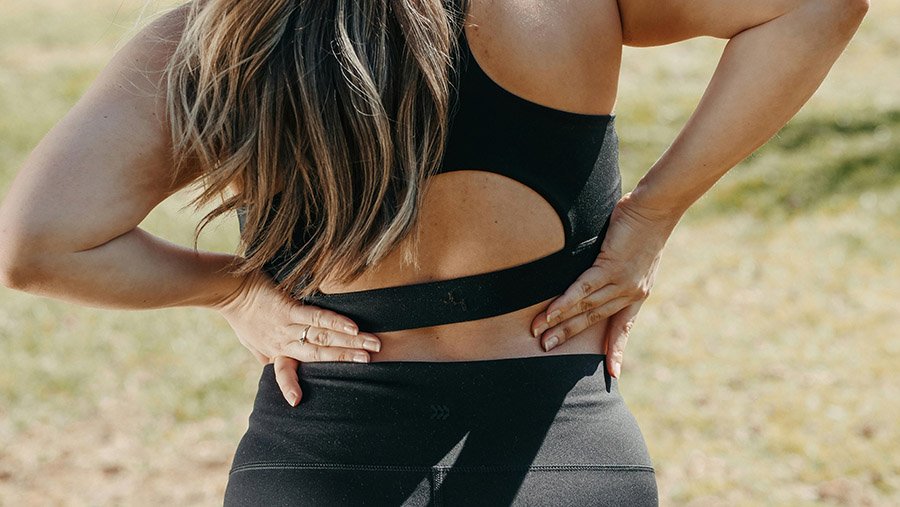
When to Seek Professional Help
While occasional lower back pain after hiking is normal, there are times when it may signal a more serious issue that requires medical attention.
Persistent or Severe Pain
If your back pain doesn’t improve with rest and self-care or worsens over time, consult a healthcare professional. Persistent pain could indicate conditions like a herniated disc, muscle strain, or chronic inflammation.
Additional Symptoms
Seek immediate medical attention if you experience any of the following:
- Numbness or tingling in your legs or feet.
- Weakness in your lower body.
- Difficulty controlling bladder or bowel functions. These symptoms may point to nerve compression or other serious conditions requiring prompt treatment.
Conclusion
Lower back pain after hiking doesn’t have to hold you back from enjoying the outdoors. By understanding the common causes—such as improper backpack weight, poor posture, or challenging terrain—you can take proactive steps to prevent discomfort. From strengthening your core muscles to using the right gear, small adjustments can make a big difference in your hiking experience.
And if pain does occur, effective post-hike care, including stretching, ice or heat therapy, and proper rest, can help you recover quickly. Remember, listening to your body is key—seek professional help if pain persists or is accompanied by unusual symptoms.
Hiking is about more than the destination; it’s about enjoying the journey. With the right preparation and care, you can hit the trails with confidence and comfort, ready for whatever adventure lies ahead.



